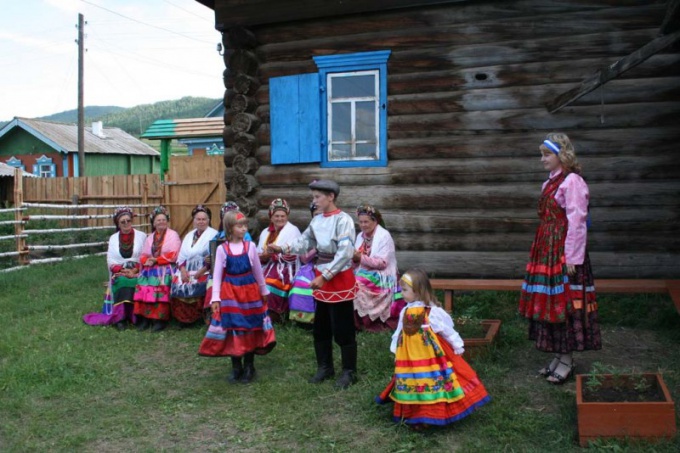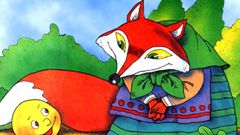Instruction
1
Oral folk creativity is generalized and systematized the experience of previous generations, reflecting the essence of their lives. It emerged long before humans possessed written language. They passed his creativity on to future generations by word of mouth. Hence the name. Different oral folk creativity called folklore.
2
To folklore include folk songs, tales, epics, Proverbs, jokes, tongue twisters, riddles, limericks and more. Oral folk creativity gives the language of brightness and expressiveness. For example, use of Proverbs, idioms can tactfully hint to the person's faults without offending him.
3
Works of folklore, anonymous. They do not have a specific author. This is something that is created by the collective people. Oral national creativity reflects their way of life, traditions, customs, mores, and ideas about life. Each nation has its own folklore, which has its own peculiarities and character.
4
Of oral national creativity have influenced the work of many poets, writers and other artists. So, some experts believe that some of the tales by Charles Perrault, issued in the collection "Tales of my mother goose", are folklore. As a writer, they are simply treated and presented to the reader in a new light. Therefore, they are literary fairy tales. In Russian literature in his work has used folklore Pushkin, N.. Nekrasov, N. In. Gogol, A. N. Tolstoy, M. E. Saltykov-Shchedrin.
5
Of course, folklore works have reached today, to a certain extent lost its savagery. But the meaning remained the same - to convey to subsequent generations the traditions and customs of his people.
Useful advice
Actively use folklore in the upbringing and development of children. It promotes their intellectual, moral development.



